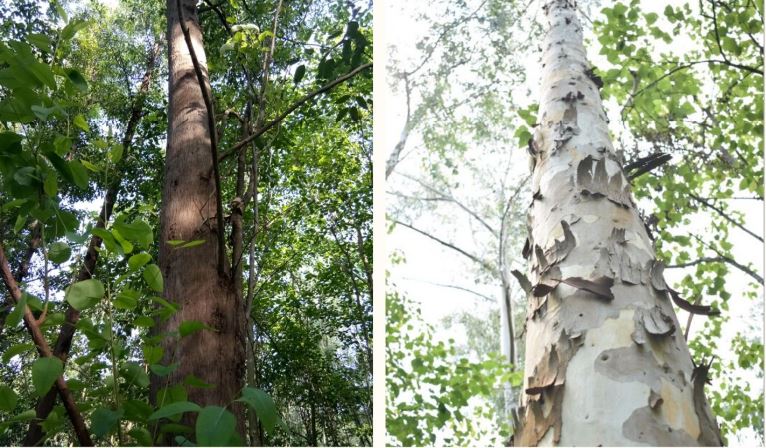
Tree substitutes, known as Tree Plantation Species (TPS), are being eyed by Filipino researchers to meet the demand in the Philippine wood industry that has been suffering from a shortage of raw materials.
The Forest Management Bureau (FMB) has reported that although the wood sector needs about 6 million cubic meters of raw materials a year, the local industry produces only 1 million cubic meters, 75% of which is supplied by tree plantations.
To address the supply shortage, the Department of Science and Technology’s Forest Products Research and Development Institute (DOST-FPRDI) has started a research program for studying different kinds of tree plantation species.
Tree Plantation Species are grown mainly as substitutes for traditional species. Tree farms or plantations became popular in the Philippines starting in the 1980s, and especially in the last 10 years after the government finally imposed a logging moratorium on all-natural growth forests.
According to the DOST-FPRDI’s Dr. Dwight A. Eusebio, “TPS are fast-growing trees that are either native or introduced to a particular place, and grown in tree farms at least half a hectare in size.”
“DOST-FPRDI studies TPS not only because they make good construction and housing materials, but also because they have a host of other industrial uses,” adds Eusebio.
TPS can be used for pulp and paper, veneer and plywood, composite boards (particleboard, fiberboard, etc.), power and telecommunication poles, and packaging materials (pallets, fruit boxes, crates, etc.).
They can also be tapped for builders woodworks (doors, windows, door and window jambs, moldings, balusters, stairs and railings, shingles and shakes, parquets, etc.), fancy woodwork, wooden shoes, pencil slats, ice cream spoons, chopsticks, matchsticks, toothpicks and many more.
Explains Eusebio, “The uses of wood, of course, are dependent on its inherent qualities. For example – Is the wood light or heavy? Durable or not? Easy or difficult to dry, machine or finish? These are some things we need to know to determine its applications.
“Thus, for three decades now, DOST-FPRDI researchers from diverse fields have been looking into the properties of 15 TPS (mostly eucalypts and acacias) – their anatomical, chemical, physical and mechanical, sawmilling, machining, finishing, drying characteristics, natural durability and treatability.”
All the information generated has consequently been published in handbooks and bulletins. “In the coming years, we are committed to conduct research and development studies on other TPS that have not yet been tapped by our client-industries,” adds Eusebio.
DOST-FPRDI is also solving the PPE material supply shortage by developing face shields made from local bamboo. The Institute had also collaborated with UP Los Baños to develop abaca hybrid high-quality paper.
SEND CHEERS in the comments below to the Filipino researchers studying tree plantation species to address the wood industry shortage.
Want to know how to be a Proud Pinoy? Like, Follow, Subscribe to GoodNewsPilipinas.com, and our socials Facebook, Twitter, Instagram, Good News Pilipinas! TV on YouTube, for new story notifications, and e-mail newsletters for updates on more Filipino Pride stories.










